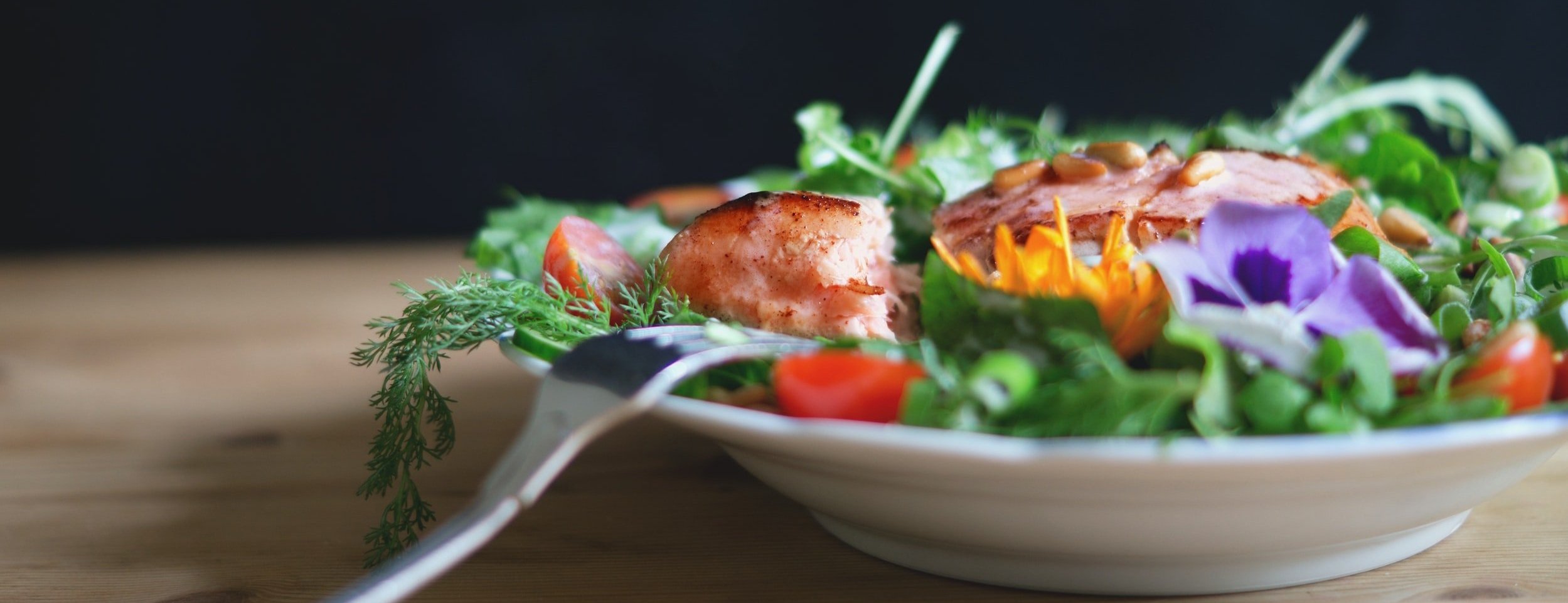Eating Cheap and Healthy in Texas, On a Budget
Discover > Texas Mom Blog > Eating Cheap and Healthy in Texas, On a Budget
This video is Texas-focused but if you live somewhere else, don’t worry. Much of what I am going to share will still apply to you regardless of which state you live in. Throughout this video, we will share some specific resources for eating healthy without breaking the bank, and outline some general practices to maximize your spending dollar.
With Texas being home to thousands of local food producers it's very easy to find fresh, healthy, local, and seasonal food. But let's take that a step further and explore the ways to eat healthy without breaking the bank.
Eating fresh and healthy can sometimes be more costly than succumbing to grocery store alternatives. Plenty of people sacrifice healthy eating because it seems too costly. The higher price point for healthier food is worth the difference, but not everyone can afford that price difference. Before we look at how to eat healthy on the cheap, let’s answer a quick question.
Why Does Fresh, Healthy Food Cost More in the First Place?
There are a number of reasons that contribute to the elevated cost of healthy foods. Grocery store products, junk food and industrially processed meat and produce can be sold so cheaply because it is made so cheaply. The lower price comes at a health and environmental cost. Monoculture grain farming is bad for the environment in a number of ways, but it leads to an excess of these grains that get worked into all kinds of unhealthy products that can be sold cheaply because the overhead
is so low. Factory farming is widespread animal cruelty, but due to the industry’s efficiency, they can offer far lower prices than a farmer who treats their animals humanely.
Money-Saving Methods for Eating Healthy
Now let’s take a look at some money-saving methods. Home-cooked meals (how long do cooked meals last?) don’t have to be a financial burden. Purchasing fresh ingredients from a farmer’s market can at times be more expensive than grocery store shopping, but the health benefits are numerous and your dollar can be stretched with just a little bit of forethought and afterthought. Plan out your meals ahead of time and buy exactly what you need. Focus on efficiency when shopping. Preparing your meals big is the best way you can use your ingredients. Buying in bulk already saves money, and so does cooking in bulk. Save the leftovers for later in the week, or incorporate canning, freezing, or pickling to make your fresh food last even longer. For more information on these topics, we have a number of other videos on our YouTube Channels and we have an ever-expanding collection of easy-to-follow recipes by our in-house chef.
The Problem of Food Deserts
There are some areas where finding healthy food is difficult to do affordably. These areas are sometimes referred to as ‘food deserts’. Texas has a number of these food deserts, but efforts are made to counteract this problem. This push toward making healthy options available is the responsibility of the Growing and Nourishing Healthy Communities Program in Texas. The program helps members of food desert communities by teaching food literacy, planting community gardens, and providing guidance on healthy eating decisions. Funding for this program comes from the Supplemental Nutrition Assistance Program which enables them to provide this service at no cost to the community residents.
Texas non-profit organization Brighter Bites also focuses on providing healthy food to those who struggle to pay for it through other methods. Brighter Bites sprung off from the local CSA, or Community Supported Agriculture. There are also a number of food banks throughout the state that help low-income families. These food banks collect unsold produce and redistribute it before it spoils. This helps out low-income families who want to eat healthy, and reduces food waste.
Austin Healthy Food Access Initiative
In Austin Texas, there is a policy called the Austin Healthy Food Access Initiative. This policy was implemented following the realization that healthy and fresh foods were often out of the financial reach of many community members. This policy focuses on studying the issue of healthy food access, increasing local food production, and working to improve the number of healthy options that are readily available. One accomplishment of this policy was the creation of the Fresh For Less Mobile Markets that travel to food deserts with fresh produce. The Austin Office of Sustainability declares its goals as:
Remove barriers to healthy foods
Provide additional purchasing power to those with budgetary constraints
Positively impact diet-related health.
Those were some ways that you can stretch your budget to include fresh and healthy foods within your diet. New initiatives are implemented as awareness continues to rise about the cost of eating healthy. Check your local area for initiatives like the ones in Texas we’ve covered here. Join your local CSA and get hands-on in your mealtime rituals.
We recently also had a webinar where we had some experts speak about starting your own home garden in Texas! It was quite amazing with hundreds of folks from all over Texas attending and having a great time at it as well!
If you learned something or found something useful, then do us a favor and like this video on YouTube. We would love to hear your opinions, so head on down to the comment section and join the conversation.
Sources:
FoodRepublic
Texas A&M Agrilife Extension
Civil Eats
NYC Food Policy Center


